- Home
- Motorola
- Motorola RAZR i XT890
- Reviews
Motorola RAZR i XT890 Reviews
Motorola RAZR i Review at Engadget
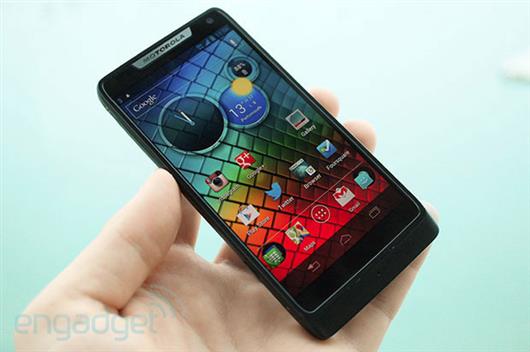
Intel continues to march out better handsets -- the RAZR i is a more accomplished, more premium handset than the San Diego, although we're still waiting for Intel to step up and power a flagship device. Perhaps once it's got the LTE compatibility sorted, we'll see the chip maker power bigger (and probably pricier) handsets. The 2GHz Medfield processor dishes out performance that you'd be hard pressed to distinguish from many Snapdragon-powered dual-core phones in day-to-day use. Elsewhere, the RAZR i is just as accomplished as its trans-Atlantic twin. It bests plenty of existing middleweight smartphones like the Xperia P, with solid hardware, a breezy (borderline vanilla) UI and a surprisingly decent camera. Expect the greatest screen or the fastest performance and you're likely to be a little disappointed, but at this upper-middle price point -- and free on several modest contracts here in the UK -- the RAZR i is easy to recommend, especially if bigger phones are an ergonomic no-go. Read more...
Motorola RAZR i Review at Pocket-lint
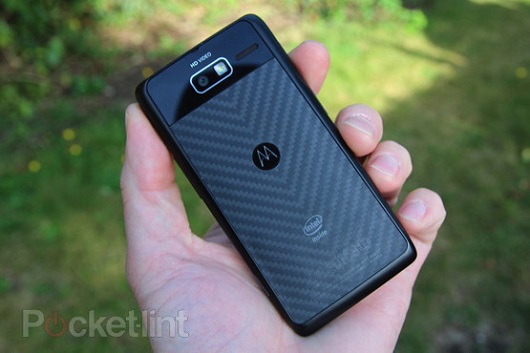
There are some things that the Motorola RAZR i gets very right: the design is solid, the battery performance is impressive, and the user interface hasn't veered too far from Android's goodness, but brings a few nice additions.
But then we come back to the question about the Intel hardware. Obviously, app compatibility is a concern, especially for early adopters, and muddies the waters somewhat as you have an Android device that doesn't run all Android apps. For this, we have to knock a mark off what is a great mid-range Android handset. Read more...
Motorola RAZR i Review at CNET
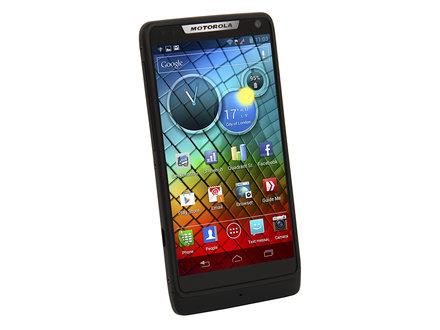
The Motorola Razr i has two stand-out features -- the screen and the processor. The display is the closest I've seen to an edge-to-edge screen, making the most of the whole surface of the phone. And the Intel processor shows off the feature-packed Android software at its best, with fast-scrolling, speedy browsing and a quick camera.
Unfortunately, the camera's images are not as good as they could be and the absence of the latest version of Android is disappointing. So it's worth sizing up the similarly-priced competition, such as the highly-rated HTC One S or the still-impressive Samsung Galaxy S2. Read more...
Motorola RAZR i Review at TechRadar
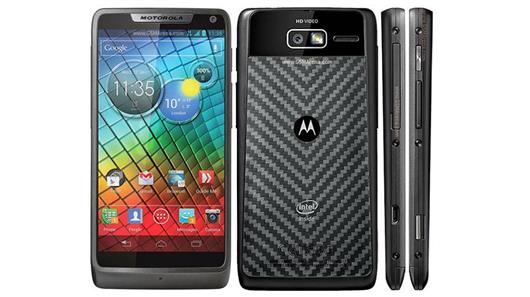
Would we buy the Motorola Razr i ourselves? No. But that's because we strive for the best specs around, and for us, that means phones such as the iPhone 5, Samsung Galaxy S3 and HTC One X.
Would we recommend the Motorola Razr i to friends and family? Yes, without a second's hesitation. Because not everyone wants a phone that will drop the kids off at school, bake you a cake and give you a massage in the evening. Read more...
Motorola RAZR i Review at T3
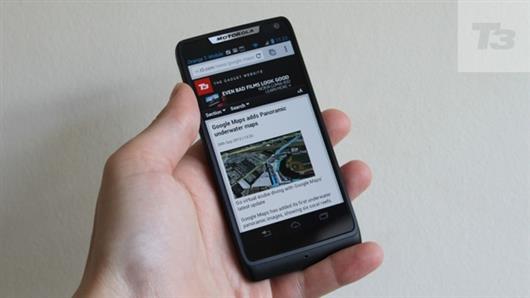
The Razr i is the clearest sign that Motorola is really taking on rivals in 2012. A big step up from previous Motorola smartphones and a jack-of-all-trades that manages great performance at a bargain price. Build isn’t quite Apple quality but it's smart enough to satisfy Android fans who want a slim smartphone without comprimising on screen size. Read more...
Motorola RAZR i Review at TrustedReviews
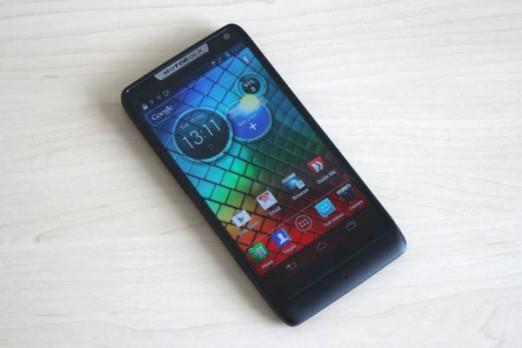
The Motorola RAZR i is a great mid-range handset that offers good performance and ergonomics for its price. The inclusion of expandable memory, NFC and a hardware camera button are particular highlights.
However, aside from understandable trade offs like the non-HD screen and lack of 4G, there is one sore point which is more of a concern: its app compatibility. Its superfast Intel chip may blow away much of the competition but it also won't work with some apps. We didn't find many that didn't but they do exist. Read more...
Motorola RAZR i Review at ExpertReviews
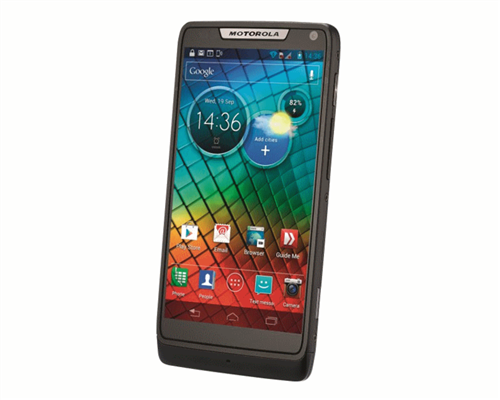
The Motorola RAZR i stands up well to similarly-priced handsets, such as the HTC One S, both SIM-free and on a £25 monthly contract. It’s incredibly fast at browsing the web, has a decent camera and is remarkably compact. It’s tough and practical, with both its micro SD card slot and dedicated camera button. Its Android installation has a few niggles, but these are easily outweighed by some great design decisions. It’s not the most exciting phone, but it’s a very good one. Read more...

 Comments
Comments































